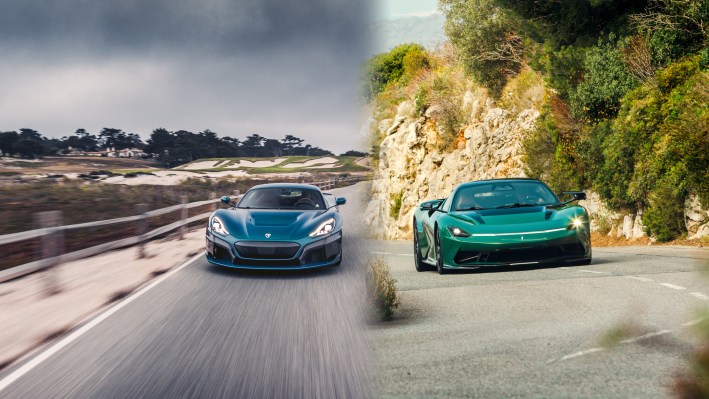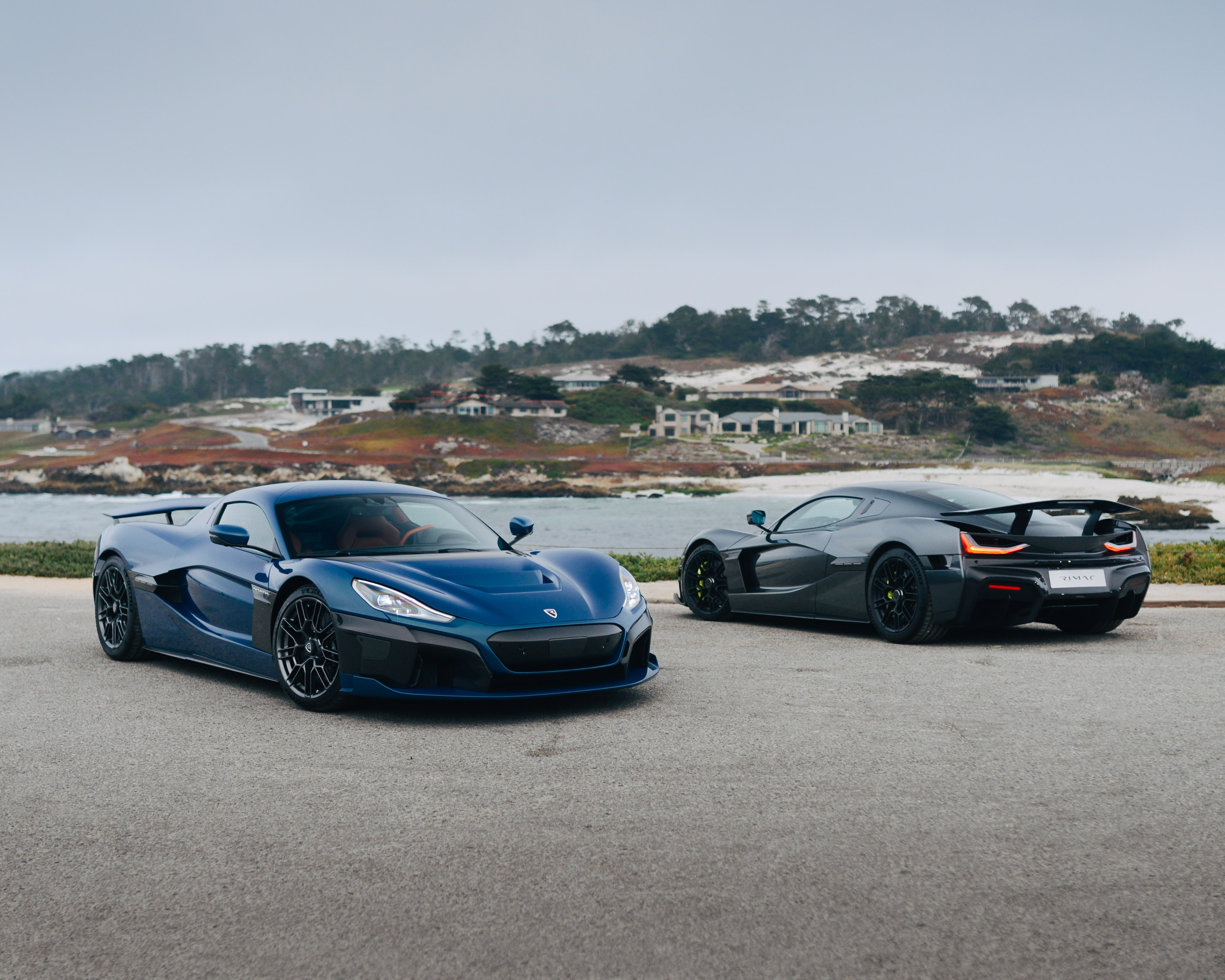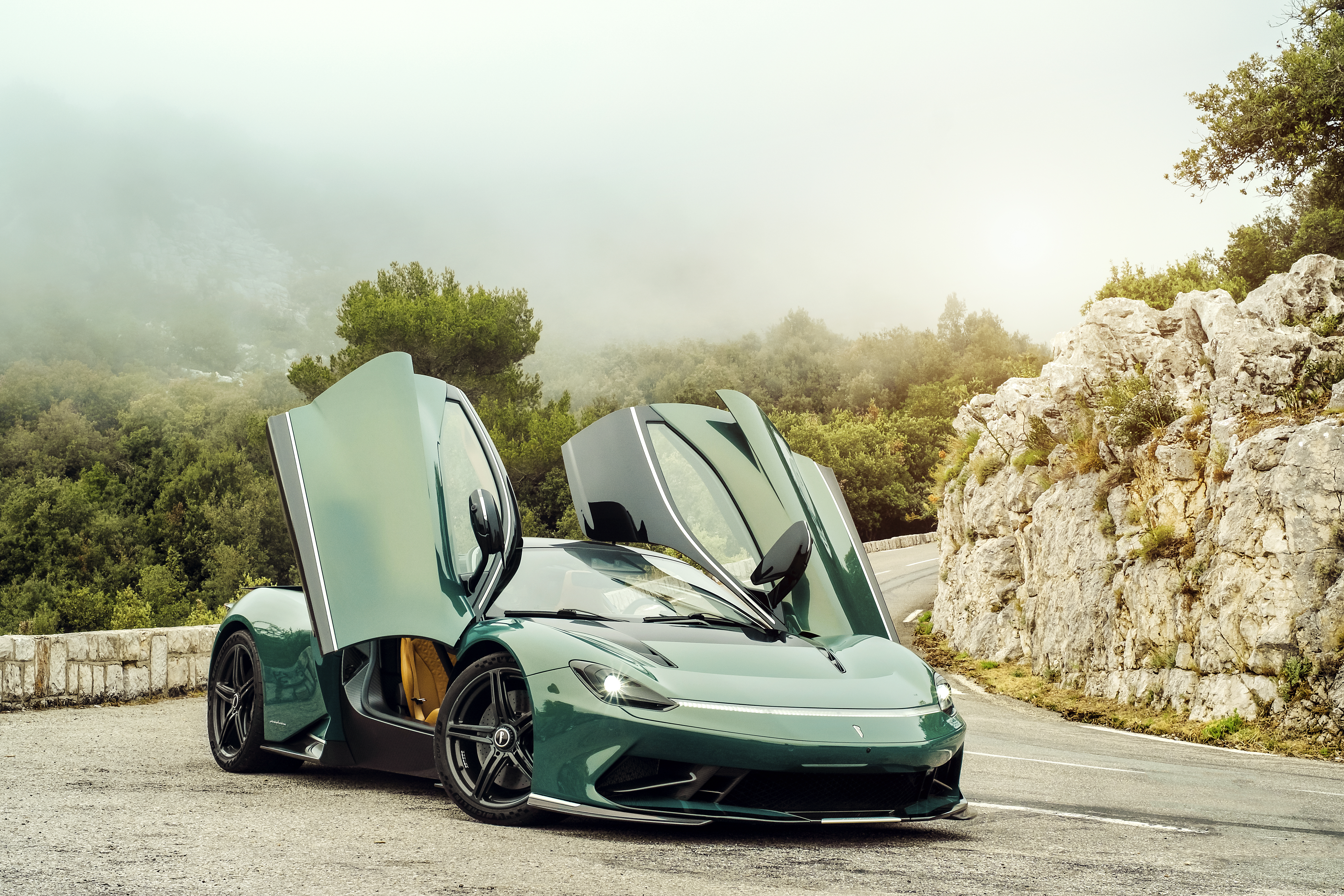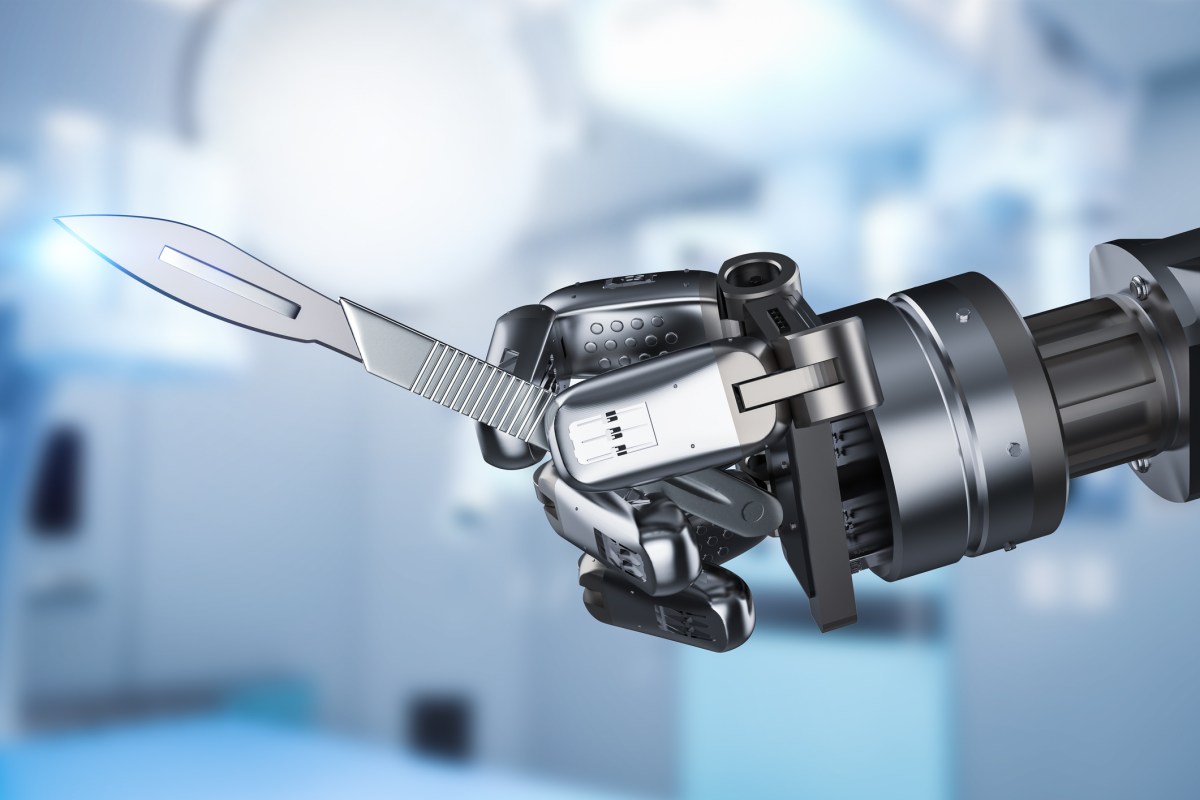Dueling $2.5 million hypercar EVs arrive this summer – TechCrunch

It’s shaping up to be the summer of dueling seven-figure electrified hypercars.
But perhaps it’s more of a sibling rivalry, as the Rimac Nevera and Pininfarina Battista share common DNA.
Rimac said Tuesday that its $2.5 million 1,914-horsepower Nevera has begun rolling off the assembly line. Pininfarina announced the following day that its own $2.5 million battery-electric hypercar, the 1,900-horsepower Battista, will start production in August.
If the cars sound similar, it’s because they are: Rimac supplies the Pininfarina Battista with the same 120-kilowatt battery pack and powertrain that the Nevera uses. Both accelerate from zero to 60 mph in 1.85 seconds and are capped at 150 units to maintain exclusivity. The Nevera is already sold out. Pininfarina has indicated strong interest in the Battista but said the company does not “discuss detailed sales figures, as our business is about the quality not quantity of clients.”
But how many $2.5 million hyper GTs can the EV market bear? Pagani said in June that it scrapped plans to build an electric car after a four-year study showed a lack of demand from supercar buyers.
“It’s unlikely that any one brand will be able to subsist on hypercar sales alone,” said Stephen Beck, founder and managing partner of management consultancy cg42. “It’s just not a practical business model.”
Instead, the success of a seven-figure EV depends upon its role in the automaker’s portfolio.
Supplier model

Image Credits: Rimac
For Rimac, the Nevera is a showpiece that will bolster its main business: supplying advanced battery technology to other carmakers. “Pairing a specific high-end niche with a strong B2B component, is the type of balance others should be looking to emulate to survive,” Beck said.
Analysts say Rimac has created a profitable long-term strategy providing EV components to other automakers, such as Porsche, Aston Martin and Pininfarina. It’s a business model that other suppliers are likely to replicate, given the relative simplicity of building a battery-electric powertrain.
“You can tweak the electric motor to your requirements, but at the end of the day 90% to 95% of the electric motor is going to be pretty much set,” said Arun Kumar, managing director of AlixPartners’ automotive and industrial practice.
Halo effect

Image Credits: Pininfarina
The Battista fulfills a more traditional role for Pininfarina: a halo car to attract new well-healed clients to the brand and provide inspiration for a range of EVs Pininfarina plans to introduce. That will be the approach that most other heritage brands take toward building a hypercar EV, according to Kumar.
The Battista also serves as a “proof of concept” for Pininfarina’s network of technical partners, while announcing the arrival of a new luxury era, according to Automobili Pininfarina CEO Per Svantesson.



